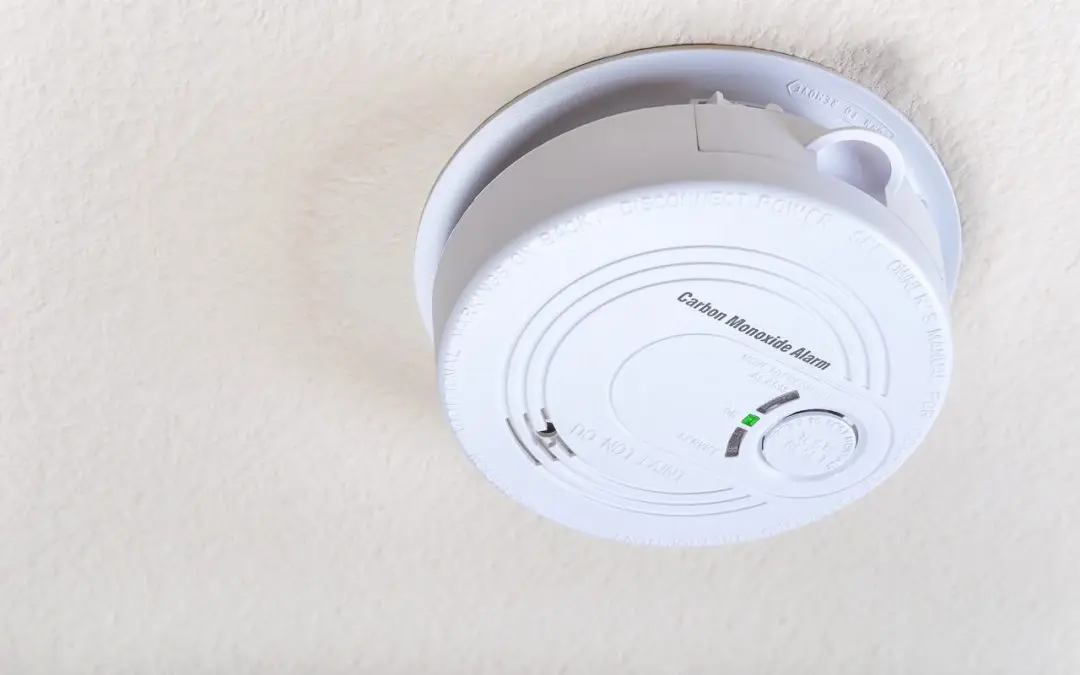Carbon monoxide (CO) is a sneaky gas that can cause serious harm or even death. It’s a byproduct of burning fuel. Furnaces, gas stoves, fireplaces, and even your car in the garage can cause unsafe levels of CO. CO can build up when these appliances malfunction or aren’t properly ventilated. Since it’s odorless, colorless, and tasteless, it’s virtually undetectable without the right tools. Keep reading to learn how to prevent carbon monoxide poisoning and keep yourself and your family safe.
Understanding the Risks
You might think your home isn’t at risk if it’s relatively new. But even modern homes can have CO issues. Malfunctioning appliances, blocked chimneys, and improper ventilation can lead to dangerous CO levels. Symptoms of CO poisoning may mimic the flu: headaches, dizziness, nausea, fatigue, and confusion. In severe cases, it can lead to loss of consciousness and death.
The key here is prevention. It’s about being proactive, not living in fear. A little knowledge goes a long way.
Proactive Steps to Prevent Carbon Monoxide Poisoning
First and foremost, install carbon monoxide detectors on every level of your home, especially near sleeping areas. Think of them like smoke detectors but for a different threat. Test them regularly, just like you would with smoke alarms, and replace the batteries twice a year. Mark your calendar, set a reminder on your phone, or do whatever it takes.
Next, have your fuel-burning appliances inspected annually by a qualified technician. This includes your furnace, water heater, fireplace, and other gas-powered appliances. A professional will identify potential problems before they become dangerous.
Ventilation is crucial. Make sure your chimneys and vents are clear of obstructions. Bird nests, leaves, and other debris block airflow, leading to CO buildup. Never use a gas stove or oven for heating your home. It’s a common misconception that this is okay to do for short periods, but it’s a dangerous practice.
When using a fireplace, confirm that the flue is open. Never run a car or other gasoline-powered engine in an enclosed space like a garage, even with the door open. CO can quickly build up to dangerous levels.
Think about the placement of your generator. If you use a portable generator during a power outage, place it outside and far away from windows, doors, and vents. The fumes are potent, and even a small amount can be hazardous.
Educate everyone in your household about the dangers of carbon monoxide and the symptoms of poisoning. Make sure everyone knows what to do if the CO alarm sounds.
Lastly, be mindful of renovations or modifications to your home. Changes to your heating system or the installation of new appliances can disrupt ventilation and create new CO risks. Always hire qualified professionals for these projects.
Taking these steps will significantly reduce the risk of CO poisoning. Stay informed and exercise simple precautions to prevent a CO tragedy in your home.
Outlook Home Inspections offers inspection services to customers in Charlotte and upstate South Carolina. Contact us to request an appointment.

